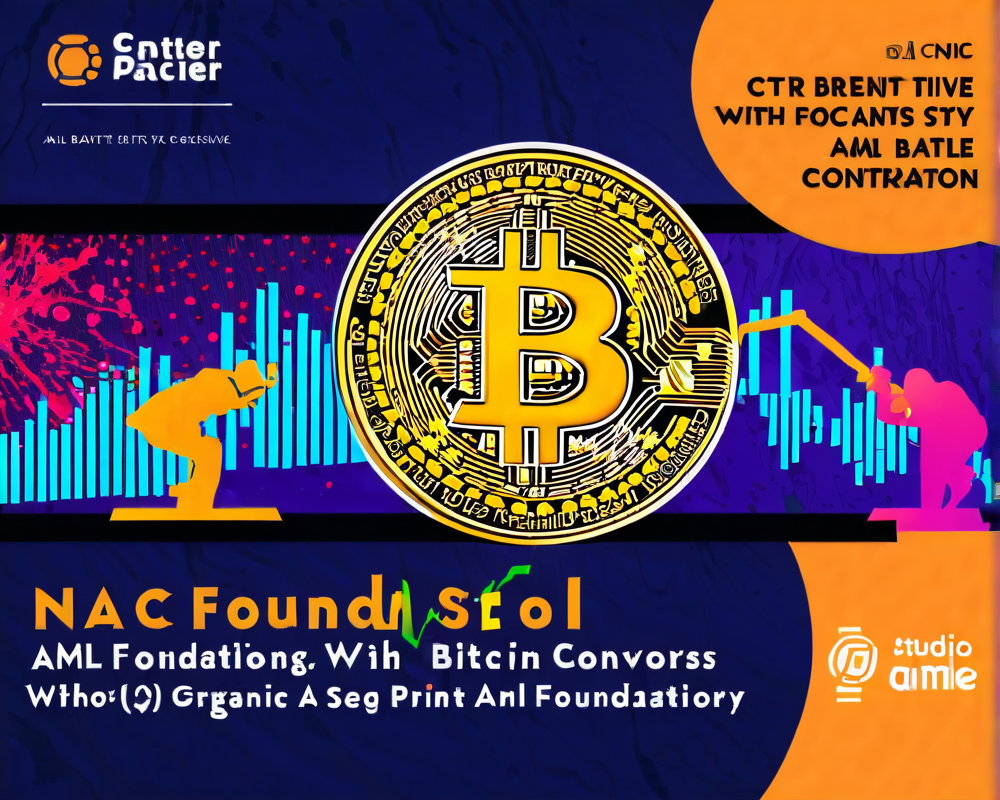Understanding the SEC’s Legal Battle with NAC Foundation: A Deep Dive into the AML BitCoin Controversy
The SEC and NAC Foundation: The Legal Showdown
June 25, 2020, marked a significant day for both NAC Foundation LLC and the crypto world. The United States Securities and Exchange Commission (SEC) launched a lawsuit against NAC Foundation and its CEO, Rowland Marcus Andrade. Allegations were made that NAC had violated federal securities laws by selling an unregistered, pre-functional version of what they coined as the ‘AML BitCoin’—a token ambitiously labeled an ‘Anti-Money Laundering Bitcoin.’ Talk about a mouthful!
The Gory Details of Fraud
Unlike the infamous cases such as SEC vs. Telegram, the NAC lawsuit had more than just a sprinkle of allegations regarding good ol’ fraud. Andrade was not only in hot water with the SEC; the Department of Justice got involved too, indicting him on fraud charges. You could say he was swimming in a legal quagmire while his accomplice, Jack Abramoff—a well-known federal lobbyist—pleaded guilty to involvement in the fraud. Maybe irony is under-appreciated in crypto, or perhaps it’s just plain old law and order drama!
White Paper Wonders and Initial Coin Offerings
The saga started back in October 2017 when NAC published a white paper that outlined the AML BitCoin and its ecosystem. Now, if your eyes glazed over at the mention of ‘white paper,’ don’t worry; it’s not just you! These documents often read like a bad science fiction novel. In NAC’s vision, they touted a ‘privately regulated public blockchain’—yeah, that’s a real head-scratcher—aiming to achieve anti-money laundering compliance. They claimed that AML Bitcoin would identify criminals associated with illicit transactions while maintaining privacy for the good folks. But let’s face it; who are they kidding?
Funding and Sales Figures
During its initial coin offering from October 2017 to February 2018, NAC envisioned raising a hefty $100 million by distributing 76 million ABTC tokens to eager investors. Yet, they only managed to reel in about $5.6 million from around 2,400 retail purchasers. I guess the market wasn’t too bullish on this token. Furthermore, the fine print had investors believing that the tokens they bought were non-functional and would only become the real deal once the blockchain was up and running. Spoiler alert: that blockchain is still on the ‘to-do’ list!
The Howey Test: What’s Cooking in the SEC’s Kitchen?
Now, creating a token is about as tricky as herding cats, but legalities can tie an entrepreneur into a knot. The SEC had to determine whether the tokens were considered securities based on the Howey investment contract test. This test has four main components, and, surprise surprise, NAC seemed to tick some boxes when it came to defining an investment contract. All that was missing was a neon sign saying, “We might just be selling securities, folks!”
Breaking Down the Howey Test
- Did investors put in something of value? Yes, folks were shelling out fiat and crypto.
- Was there a common enterprise? Aha, this became the crux of the debate.
- Was the investment aimed at profits? You better believe it!
- Did investors rely on others? The court thought so, at least.
NAC tried to wiggle out of this by claiming they had no common interest with investors and that purchasers were told they wouldn’t see a return on their investment. However, the court noted that if both NAC and the investors were hoping for a brighter financial future from the token’s success, the commonality was there, whether they liked it or not.
The Court’s Decision: Who Came Out on Top?
Judge Richard Seeborg, bless his gavel, ruled against NAC’s motion to dismiss the SEC’s complaint. Hold your applause though; this was not the final verdict. The judge focused on whether SEC’s claims held enough water to proceed with the case. And guess what? He concluded that the SEC had successfully shown that NAC’s activities fell under the Howey Test criteria. You could almost hear the SEC’s cheering squad wearing invisible capes of justice!
The Broader Implications for the Crypto Landscape
While the outcome wasn’t groundbreaking or a seismic shift in crypto compliance, it is yet another wake-up call for the industry as a whole. It demonstrates that the SEC isn’t backing down from scrutinizing crypto sales, and the Howey Test is still in play. So, if you’re planning to launch a token don’t skimp on the legal advice—better safe than sorry in this wild world of digital currency!



